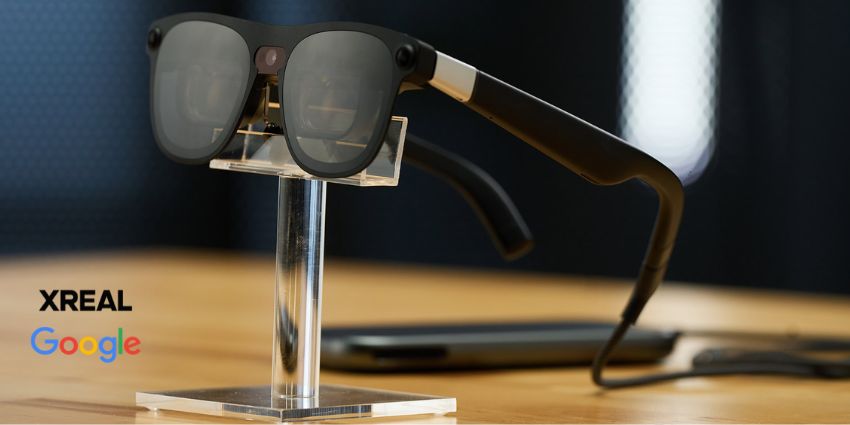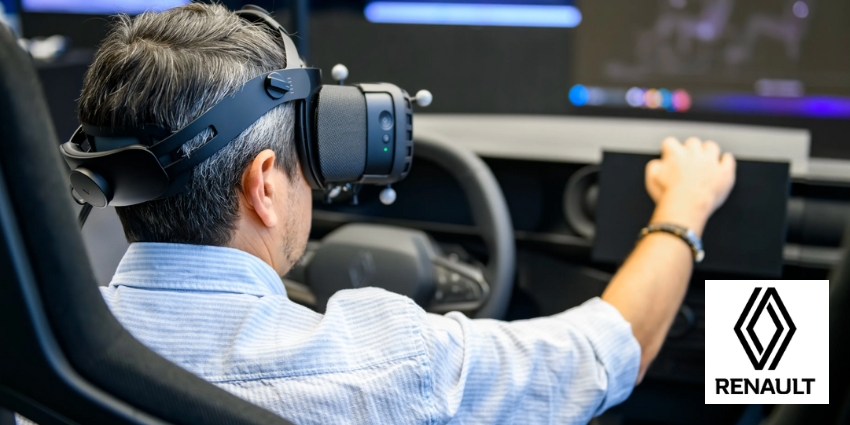As April rolls along, bringing big events and inevitably bigger industry news, the lead-up to such a period provides insight into the evolving shape of the AR/VR/MR industry.
This week proved developmental for many important vendors and enterprise-facing projects, with future-proofing at the centre of major XR movements.
From hardware portfolio strategies to securing enterprise futures for the fledging market, the last week of March is just another drip into the XR bucket.
Meta XR: Key Developments in Platform Strategy
Meta is experiencing another significant month as the XR sector expands with new competitors like AndroidXR and Samsung’s Moohan entering the immersive tech race. The company, known for its innovative Quest products, is focused on maintaining its foothold in this lucrative market as the XR industry continues to evolve.
Earlier this year, spending on XR reached around $100 billion, and Meta has since allocated an additional $50 million to rejuvenate the Metaverse. CEO Mark Zuckerberg aims to sustain the company’s dominant position, but challenges lie ahead as Meta also expands into other areas such as AI and social media.
March has been a crucial month for Meta as the company prepares for an active Connect 2025. Among the significant developments was the introduction of developer passthrough access for Meta Quest, which provides greater control to the platform’s creator community. This update comes in response to rising demand, particularly as competitors begin offering similar access on their XR headsets.
The passthrough access feature is included in Meta’s XR Core SDK Version 74.1 and introduces the Passthrough Camera API as a “Public Experimental API.”
Additionally, this month, Meta’s CTO, Andrew Bosworth, made a public statement outlining Reality Labs’ vision for the future of XR. He expressed a strong desire for Meta to remain a leader in XR well into 2025 and beyond. His remarks included a somewhat controversial comment advocating for the use of the term mixed reality over virtual reality. This shift aligns with the current Quest product line, which supports both VR and MR capabilities, where MR refers to applications or hardware that enable full and partial passthrough features.
Bosworth noted that “we use the term mixed reality more often in public and internally because there was some confusion in the marketplace.”
IVAS Project Leaders Reflect on the Future of Anduril Industries
The challenges and developments of the US Army’s IVAS mixed reality project have been well documented. Notably, over the past year, Microsoft lost primary control of this multi-billion dollar project to Anduril Industries. In light of this leadership change, senior representatives from the US Army provided updates on the IVAS project.
Lt. Gen. Robert Collins, speaking on the matter, explained that the US Army is “committed to IVAS” and will “continue to improve that system.”
Collins also added:
We’re continuing in the prototype [phase], and we’re learning to iterate. to make sure that we’ve got the requirements right.
The IVAS is still in its prototype phase, which continues to progress. Maj. Gen. Christopher Schneider, the Head of Program Executive Office Soldier, explained:
We have some decisions that we have to make, and I think we’re going to be pretty close to having those resolved. In the next month or so, we’ll be able to talk on the way ahead. – [IVAS got] really great feedback from soldiers on IVAS 1.2. – We’re very, very comfortable where we are in that we have some huge opportunities with Anduril.
Varjo Supports the XR-4 Headset Leading into 2030
Varjo is solidifying its presence in the expanding XR market with a recent commitment to XR headsets and enterprise deployments. In its latest roadmap, the company announced plans to support the XR-4 Series headset for training and simulation applications until 2030. This strategy aims to provide clients with a reliable hardware option that will not become outdated due to frequent device updates.
According to Varjo, the company is focusing on use cases that require long-term hardware reliability. Each year, new headset models are released, which can create challenges for enterprise customers looking to integrate an XR device. If a previously integrated device becomes obsolete or unsupported with the release of a new model, it can disrupt their operations.
By championing the XR-4 Series for an extended period, Varjo seeks to offer consistent reliability for its XR hardware. While it is possible that advancements in hardware expectations could render the XR-4 outdated by the end of the decade, such predictions remain speculative. Varjo appears to be adopting a long-term approach while considering future advancements.
Additionally, Varjo has introduced Varjo Base Pro—a new software license tier for enterprise XR-4 customers priced at $2,500 per year. This license enhances the headset’s capabilities, ensuring it remains aligned with evolving market expectations.
Samsung’s ‘Haean’ Smart Glasses
Samsung’s development of Project Haean smart glasses, first previewed at Galaxy Unpacked 2025 and now expected to be released this year, demonstrates the ongoing advancements in augmented reality (AR) and extended reality (XR) tools. These technologies are increasingly being integrated into various sectors such as manufacturing and healthcare.
Samsung’s strategy of simultaneously developing the robust Project Moohan headset and the more portable Project Haean smart glasses illustrates the company’s understanding of diverse user needs. While Moohan seems designed for more intensive indoor applications, as shown in MWC 2025, the slimmer profile of the Haean glasses could make them more suitable for on-the-go use, particularly in professional settings.
According to a report from the South Korean outlet ET News, Samsung is “putting a lot of effort into creating a control interface for Project Haean based on cameras that could recognize hand gestures.” This suggests a focus on intuitive controls that would be valuable in workplace environments.
Join our XR Community
Be part of a community that shapes the future of XR. Join thousands of like-minded professionals who share your passion for Extended Reality.







